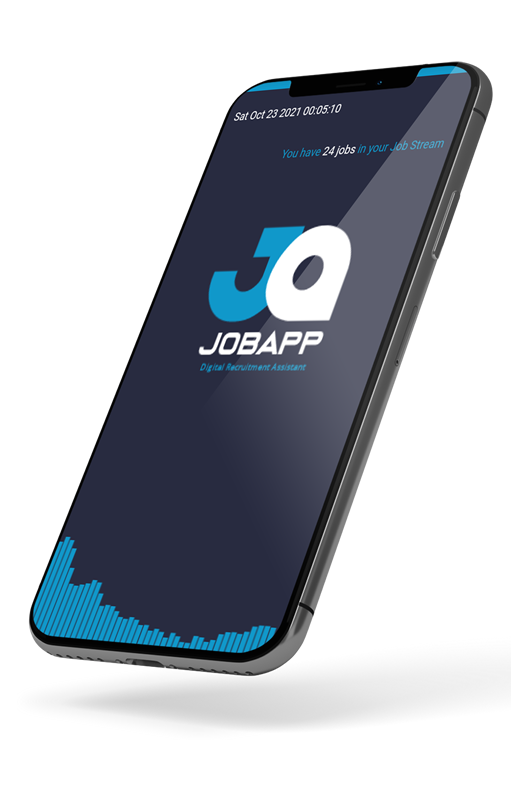In the modern job market, the initial gatekeeper for many job applications is the Applicant Tracking System (ATS). While this technology streamlines the hiring process, it can also be a barrier for some candidates. Despite their qualifications and experience, many CVs fail to make it past the ATS and are never seen by a recruiter. This can happen for various reasons, including improper formatting, lack of relevant keywords, or insufficient customization. Understanding why some CVs get overlooked by ATS is crucial for job seekers aiming to maximize their chances of getting noticed in today’s competitive job market.
To optimize your CV for an Applicant Tracking System (ATS), consider these tips:
- Keywords: Tailor your CV with relevant keywords from the job description. This helps the ATS recognize your qualifications.
- Format: Use a simple, ATS-friendly format with standard fonts and clear section headings. Avoid using images, graphics, or unusual formatting.
- File Type: Submit your CV in a compatible file type such as .docx or .pdf to ensure the ATS can parse it accurately.
- Sections: Include relevant sections like “Skills,” “Work Experience,” and “Education” to make it easy for the ATS to locate important information.
- Quantify Achievements: Provide specific metrics and achievements in your work experience to demonstrate your impact and relevance to the job.
- Avoid Special Characters: Minimize the use of special characters, symbols, or tables as they can confuse the ATS.
- Customization: Customize your CV for each job application to match the specific requirements and keywords of the job posting.
- Proofread: Ensure your CV is free from spelling and grammar errors as ATS algorithms may penalize for mistakes.
By following these tips, you can increase the chances of your CV getting noticed by an ATS and ultimately by recruiters.




